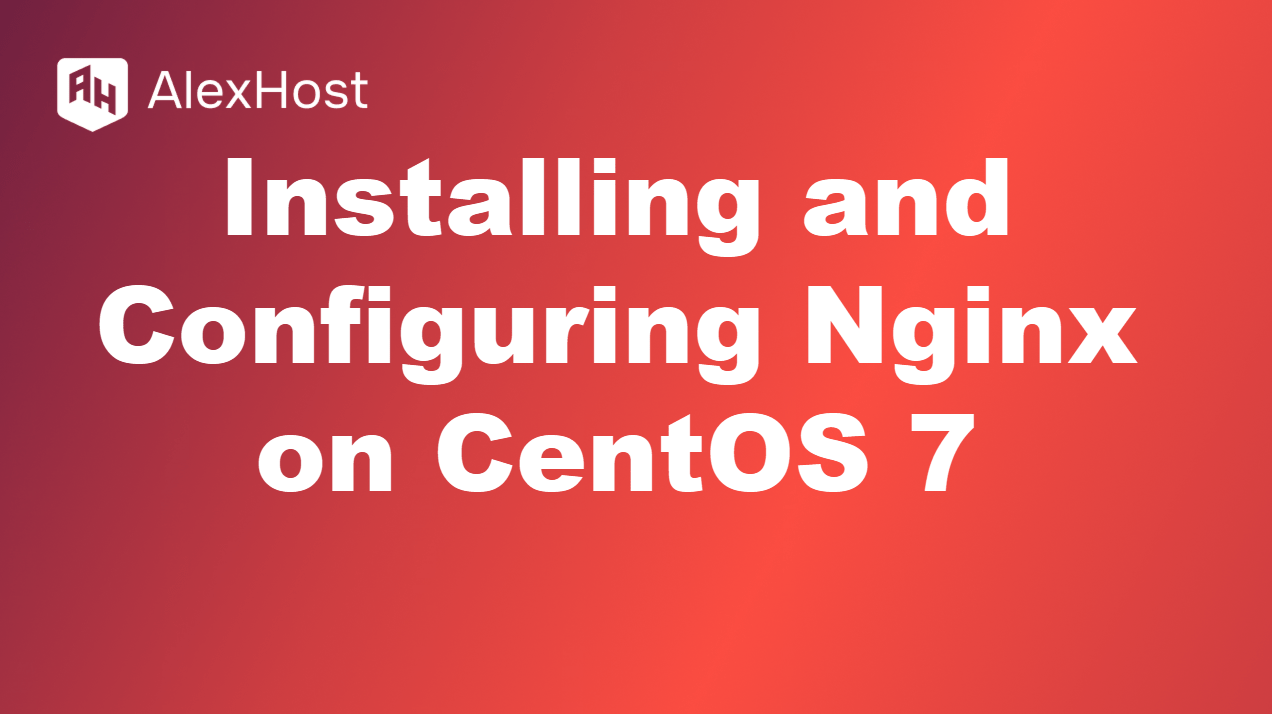Nginx is a high-performance web server and reverse proxy server that is widely used for serving static content, handling concurrent connections, and load balancing. This guide will walk you through the installation and configuration of Nginx on a CentOS 7 server. 1. Update Your System Before installing Nginx, ensure your system is up to date. […]
Read MoreLosing access to your personal account can be frustrating, especially if it contains important information. Fortunately, most online services provide a way to restore access using your registered email. This guide will walk you through the steps to regain access to your account using your contact email. 1. Go to the Login Page Start by […]
Read MoreIn modern Linux distributions that use systemd as the init system, managing services and processes is accomplished through the systemctl command. This powerful command allows users to control system services, check their statuses, and manipulate their configurations. In this article, we will explore how to use systemctl commands to restart, reload, and stop services in […]
Read MoreStreamlining your Linux workflows is effortless when paired with a reliable hosting platform. AlexHost’s VPS Hosting offers a robust environment for developers to harness the power of tools like fzf. With full root access, high performance, and the ability to customize your server, AlexHost ensures a seamless and productive experience for managing and enhancing your […]
Read MoreHTTP (Hypertext Transfer Protocol) is the backbone of web communication. Every time a user accesses a website, an HTTP request is made to the server. For Linux users, understanding how to make and analyze HTTP requests is crucial for web development, system administration, and troubleshooting network issues. This article delves into the structure of HTTP […]
Read MoreThe “Connection Timed Out” error is a common issue encountered by users when attempting to access websites or services over the internet. This error indicates that a request to connect to a server took longer than expected, leading the client (usually a web browser) to stop waiting for a response. Here’s a guide on understanding […]
Read MoreVLANs — Overview, Benefits, Types, Implementation, and Troubleshooting A Virtual Local Area Network (VLAN) is a logical subdivision of a physical network that lets network administrators segment traffic without adding physical hardware. VLANs are widely used in enterprise networks to improve security, reduce broadcast traffic, and simplify management. This article gives an overview of VLANs, […]
Read MoreMaster Git Branching on Your AlexHost VPS Why use Git branching on AlexHost? Git branching lets you develop features, fix bugs, and experiment safely, keeping your main codebase stable. With AlexHost’s Git-optimized VPS—featuring NVMe storage, full root access, and DDoS protection—you get lightning-fast performance and secure workflows for solo or team projects. This guide walks […]
Read MoreLink Your Domain to AlexHost VPS: Live in 5 Minutes Point your domain to AlexHost’s VPS with NVMe, LiteSpeed, cPanel, and DDoS protection—and go live in under 5 minutes. This guide shows how to update nameservers, add domain in cPanel, upload files, and verify HTTPS for instant, secure, high-speed hosting. 1. Obtain Your Hosting Provider’s […]
Read MoreInstalling an SSL certificate on your hosting account ensures secure data transfer between your website and its visitors by encrypting the information exchanged. SSL is essential for protecting user data and boosting your website’s search engine ranking. Here’s a step-by-step guide to installing an SSL certificate on your hosting. 1. Choose an SSL Certificate There […]
Read More
















